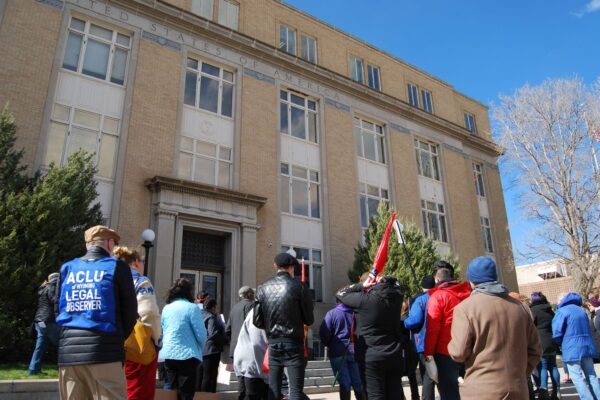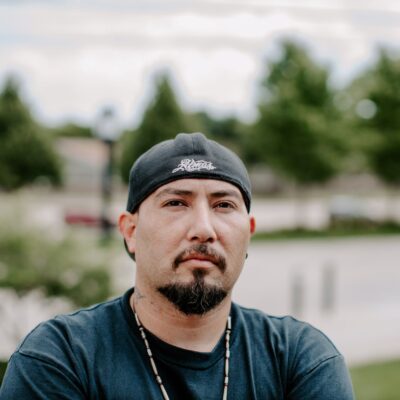Last week, CoreCivic announced they will not be submitting a response to the U.S. Immigration and Customs agency to build an immigration prison in Uinta County.
Take a moment today to celebrate and to remember why this is important. An immigration prison in our state would bring ICE closer to Wyoming’s Latino and immigrant communities and expand its ability to prey on immigrants and break apart families in Wyoming. We don’t need a private prison company like CoreCivic putting profit above lives in our state
Working closely with organizations throughout the state as part of the grassroots WyoSayNo campaign, we stopped that. CoreCivic will no longer be coming to Wyoming.
While CoreCivic’s retreat is a huge win for WyoSayNo and the people of Wyoming, we know our work is far from over. Sign up to keep up the fight and become an official volunteer today.
We must continue to fight for the community we want – not the one private prison companies want. We are here to keep our families together, to protect our rural communities, and to say Wyoming won’t detain for private gain.


